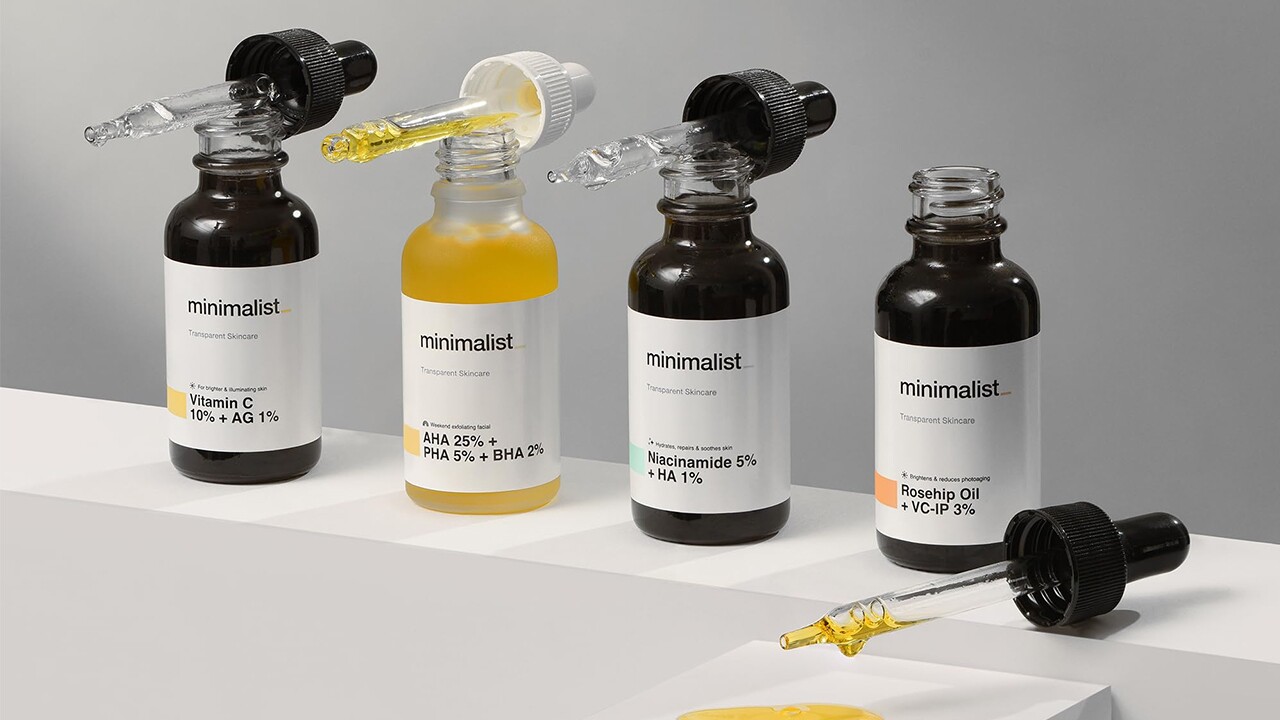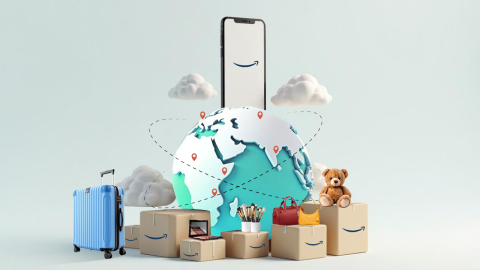Every minute, D2C skincare brand Minimalist sells about 7 products on Amazon globally. In just three years of starting up, the Jaipur-based venture's product portfolio has expanded to 42, covering the entire range of skin, hair and bath & body care. “One mistake that many brands make when they first start up is this over-focus on marketing. Remember, customer needs come first,” says the serial entrepreneur. Minimalist is Yadav’s’ third D2C startup—he also co-founded a kidswear brand MangoStreet (acquired by Hushbabies.com) and a hair products company Freewill. Yadav share insights on how young D2C brands can set themselves up for success on Amazon. Edited excerpts.
1. Find new customer problems to solve and innovate relentlessly
Once you have a product that solves a problem, find new areas where you can add value. For instance, we launched a product called Maleic Bond Repair Complex which is meant to work on hair damage caused by treatment, bleach, colouring or even heat appliances. This was not a big category a few years back but with a change in people’s lifestyles, new needs arise. If you're agile enough to understand what those needs are, you can create new and relevant products. We started with a range of acne serums and today we have 42 products in our portfolio, providing solutions in the skin, hair and bath & body categories. Take a step back and think what you can do to solve a problem that has existed for years but innovate in today's context to stay relevant.
2. Customer first at all times
One mistake that many brands make when they first start out is this over-focus on marketing. Remember, customer needs come first. If your products are not giving customers exactly what they are asking for, even a great marketing and storytelling campaign won’t be effective. At Minimalist, we often ask ourselves: does the product work? Are there enough clinical researches and subsequent results to back our product claims? These were some relatively unanswered customer questions that brands should set out to answer.
3. Data-backed transparency in packaging
Very early on, we found a void we could target in the beauty and personal care segment: tech-enabled formulations. We decided to approach this with transparency at the core. Transparency for us is not just about what’s in our product (ingredients with concentration and supplier details) but also what it does (results backed by reports, not just claims) and who it is for (the right age, skin type, and so on). Our brand’s mission is to break misconceptions around skincare through data-backed transparency. My 2 cents: Look at packaging as a way to address consumer queries and communicate with customers. People are mindful about what they consume, be it food or beauty. A package labelled ‘healthy food’ is not good enough: people want to know protein, carbohydrate and calorie count. Make sure your packaging explains everything: the concentration, the secondary ingredient, the pH, the supplier, and so on.

4. Pay attention to what customers are searching
In India, we have an income disparity but strong parity when it comes to education and awareness. Due to smartphone penetration, people in tier 2/3 cities are following dermatologists sitting in New York today. We have seen discoverability on Amazon come from both sides: leads are searching for active ingredient names such as ‘Niacinamide Serum’ as well as generic terms like ‘Acne Serums’. You can track the behavior of these leads on Amazon and strategise basis your data. The beauty of selling online is that you can structure your information, so make the best of it.
5. Use Amazon’s full suite of offerings
Amazon offers a level-playing field for sellers: big and small firms have the same amount of visibility. Back in the early 2000s, the typical growth playbook for brands was intense—launch a product, onboard a celebrity, capture TV screens and distribute across stores. Getting your product placed in these stores was very difficult and this playbook cost you a lot of money. These channels would go after a million customers but your target customer base was much smaller. A platform like Amazon beats this problem by offering various seller tools that help you find the right kind of leads. The Amazon marketplace also plays a very important role in both product discovery and product retention, which is extremely important when starting up. This retention value helped us build long-time value (LTV) customers when we had just started selling on Amazon. Amazon also offers programs that can help Indian startups go international. For instance, we were a Propel Season 2 finalist and the entire experience helped us understand how we could scale globally and not just in India. Logistics and warehousing are also two challenges a brand faces when starting out and that’s another area where Amazon provides great support.















